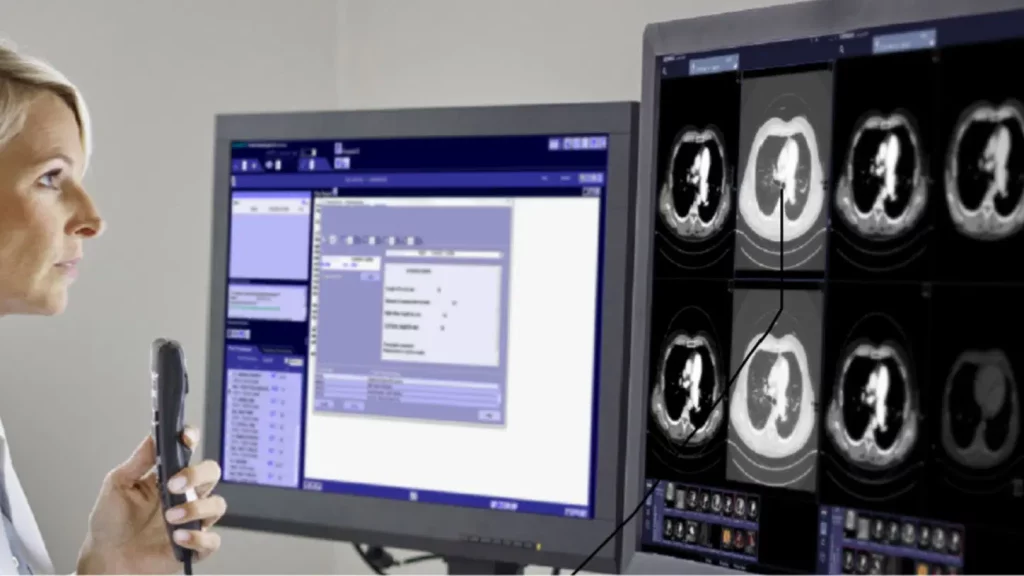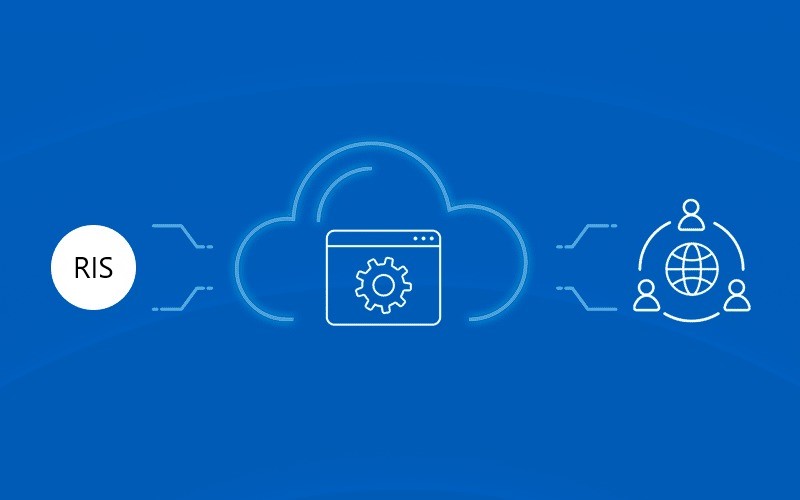In the field of healthcare, the use of technology has revolutionized the way radiology departments operate, leading to more efficient and streamlined workflows. One such technological advancement is the Radiology Information System (RIS), which plays a crucial role in managing and processing radiological data. This article aims to provide a comprehensive understanding of the Radiology Information System workflow, its benefits, and its impact on patient care.
What is a Radiology Information System (RIS)?
A RIS is a specialized software system designed to manage and store radiological data. It enables radiology departments to schedule, track, and manage patient appointments. It facilitates the electronic storage and retrieval of radiology reports and images.
How does the RIS workflow function?
Appointment scheduling and patient registration
– The RIS allows staff members to schedule appointments, record patient information, and assign unique identification numbers.
– Appointment reminders can be sent to patients through the system to minimize no-shows.
Order entry and result reporting
– Physicians can enter radiology orders electronically, ensuring accurate and efficient communication.
– The RIS enables radiologists to generate reports based on their interpretations of the imaging studies.
– Results can be securely transmitted to referring physicians through the system, reducing delays in patient care.
Image acquisition and management
– The RIS integrates with Picture Archiving and Communication Systems (PACS) to store and manage radiological images.
– Radiology technicians can capture images directly into the RIS, eliminating the need for manual entry and reducing human error.
– Metadata associated with the images, such as patient demographics and study information, is automatically linked to ensure accurate archiving.
Billing and administrative functions
– The RIS includes features for managing billing and insurance claims and streamlining the administrative tasks associated with radiology services.
– It can generate reports on patient volumes, exam types, and revenue, providing valuable insights for decision-making.

What are the benefits of using an RIS?
Enhanced workflow efficiency
– The RIS automates various tasks, reducing the reliance on manual processes and paperwork.
– It improves communication and collaboration among radiologists, referring physicians, and other healthcare professionals.
Improved patient care and safety
– The RIS allows for faster turnaround times in report generation and result delivery, enabling prompt diagnosis and treatment.
– It helps minimize errors by ensuring accurate patient identification, reducing the risk of misdiagnosis or unnecessary procedures.
Increased productivity and cost-effectiveness
– By streamlining administrative tasks, the RIS frees up time for radiologists and staff members to focus on patient care.
– It optimizes resource allocation, reducing operational costs and enhancing overall productivity.
Conclusion
The integration of a Radiology Information System (RIS) into the workflow of radiology departments has revolutionized the way patient data is managed, resulting in increased efficiency and improved patient care. By automating processes, facilitating communication, and streamlining administrative tasks, the RIS has become an essential tool for radiologists and healthcare professionals. Its ability to enhance workflow efficiency, improve patient care and safety, and increase productivity makes it an invaluable asset in the ever-evolving field of radiology.










